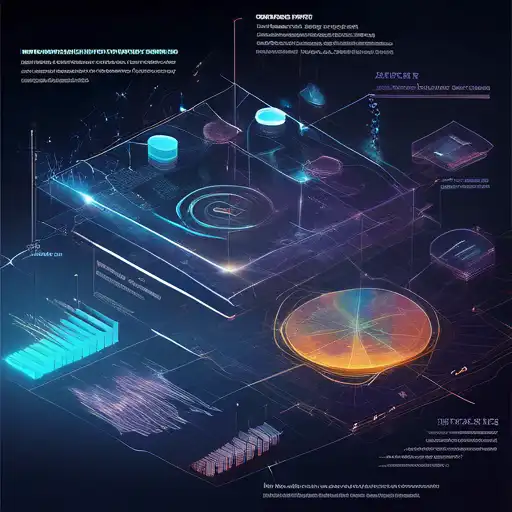Introduction to Data Visualization
Data visualization is a powerful tool that transforms raw data into visual context, such as charts, graphs, and maps, making complex data more accessible and understandable. This technique enables businesses and researchers to uncover patterns, trends, and insights that might go unnoticed in text-based data.
Why Data Visualization Matters
In today's data-driven world, the ability to quickly interpret and act on data is crucial. Data visualization helps in simplifying the complex, making it easier to share findings and make informed decisions. Whether it's for business intelligence, scientific research, or public policy, effective visualization techniques can lead to better insights and outcomes.
Key Data Visualization Techniques
There are several techniques to visualize data, each suited for different types of data and insights. Here are some of the most effective ones:
- Bar Charts: Ideal for comparing quantities across different categories.
- Line Graphs: Best for showing trends over time.
- Pie Charts: Useful for displaying proportions within a whole.
- Scatter Plots: Excellent for identifying correlations between two variables.
- Heat Maps: Great for visualizing complex data sets and identifying patterns or variances.
Choosing the Right Visualization Tool
Selecting the right tool is essential for effective data visualization. Tools like Tableau, Microsoft Power BI, and Google Data Studio offer powerful features for creating interactive and dynamic visualizations. The choice depends on your specific needs, such as the complexity of data, the level of interactivity required, and the audience.
Best Practices for Data Visualization
To maximize the impact of your data visualizations, follow these best practices:
- Keep it simple and avoid clutter.
- Use colors strategically to highlight key information.
- Ensure your visualizations are accessible to all audiences, including those with color vision deficiencies.
- Always provide context and explanations for your data.
Conclusion
Data visualization is an indispensable part of data analysis, offering a bridge between complex data sets and actionable insights. By mastering various visualization techniques and tools, you can unlock deeper insights and communicate your findings more effectively. Remember, the goal is not just to present data but to tell a story that drives decision-making.
